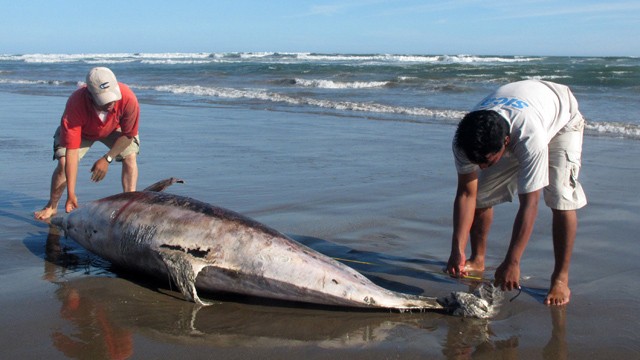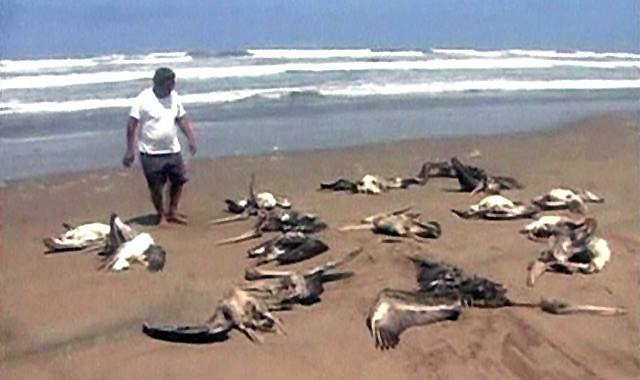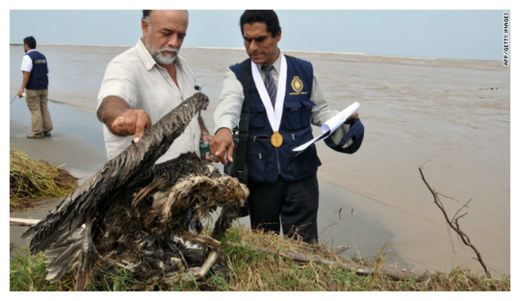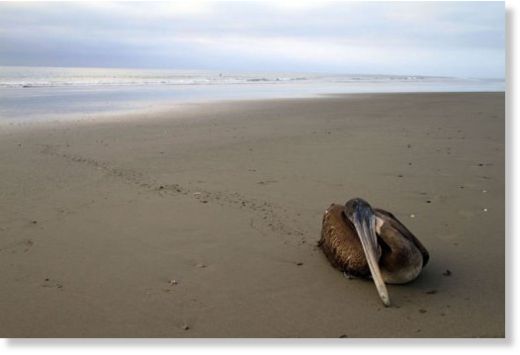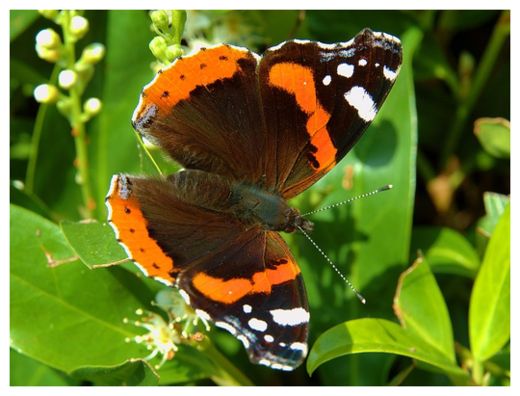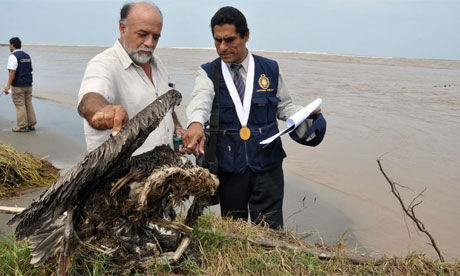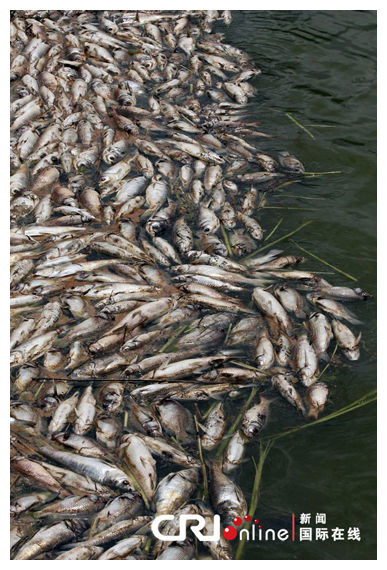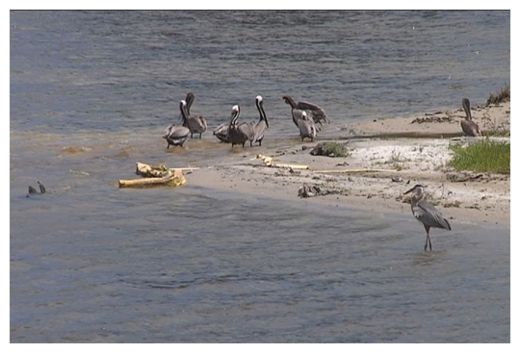
© 13NewsA mystery is unfolding as several dead pelicans have been found along the Indian River over the past few weeks.
Brevard County -- A mystery is unfolding in Brevard County as several dead pelicans have been found along the Indian River over the past few weeks.
Florida Fish and Wildlife biologists collected two of the dead pelicans after at least eleven of the birds have been found along the bank in Palm Shores near Melbourne, and people are puzzled as to why they died.
Wildlife officials said there have been no reports of fish kills, algae blooms or other factors that could have contributed to the deaths.
Meantime, the mystery remains.
"I might see one once in a blue moon," said Tim Carlisle of Palm Shores Public Works. "But for this many popping up on the shore, it's unexplained."
Palm Shores Public Works says they've gotten many calls lately from resident complaining about the problem. Another resident who contacted News 13 said they found more than a dozen just a couple miles along the river north. Florida Fish and Wildlife officials say tests are being done on the animals to try and determine the cause of death.
"We were thinking maybe it's the fish, or somebody doing something to them. But it's in a lot of different place," said Carlisle.
Meanwhile overseas, Peru's health ministry is asking people to avoid beaches in Lima and north of the capital until officials can determine what is killing hundreds of pelicans.
Last month, the country's production ministry said the authorities were investigating the deaths of more than 538 pelicans, and other birds, on the northern coast.
